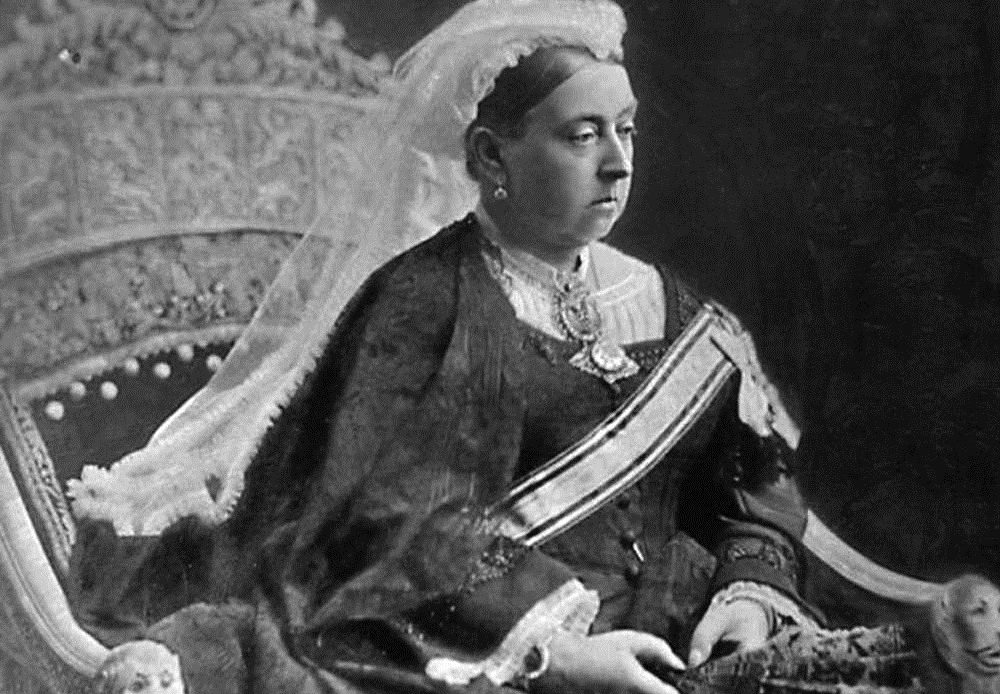
Royal history is so rich that the year is peppered with anniversaries and milestones. From births to deaths, coronations to weddings, each month brings the memory of another landmark moment. Britain’s queens, past and present, have written themselves into the history books for all kinds of reasons with plenty of interesting tales attached to February days. As we reach the second month of the year, here is a Calendar of Queens for February.
The Regnants
 Five of England’s Queens Regnant have had part of their story told in February. The first woman to take the throne for herself, Mary I, was born on February 18th 1516 at now lost Palace of Placentia in London, When her father, Henry VIII, divorced her mother, Catherine of Aragon, he cut Mary out of the succession. No matter. She claimed the crown on the death of her younger half brother, Edward VI, in 1553.
Five of England’s Queens Regnant have had part of their story told in February. The first woman to take the throne for herself, Mary I, was born on February 18th 1516 at now lost Palace of Placentia in London, When her father, Henry VIII, divorced her mother, Catherine of Aragon, he cut Mary out of the succession. No matter. She claimed the crown on the death of her younger half brother, Edward VI, in 1553.
Mary was almost England’s second female regnant after another February born royal woman came close to taking the throne in the 12th century. Matilda, called Empress after her first marriage to the ruler of the Holy Roman Empire, attempted to secure the crown when her father, Henry I, died without a male heir in 1135 but lost the backing of crucial supporters and instead worked to put her son on the throne. She was probably (this is the Middle Ages we’re talking about) born on February 7th 1102.
England’s fourth queen regnant, Anne, was another February baby. She never expected to become monarch but succeeded her sister and brother in law, Mary II and William III, in 1702. Her own story had begun on February 6th 1665 at St. James’ Palace in London where she was born to James, then Duke of York (later King James II) and his first wife, Anne Hyde.
Mary II had herself officially become queen on a February day. In late 1688, she and her husband, then Prince of Orange, had led a revolt against James II that had led to his downfall. On February 13th 1689 Parliament passed the Declaration of Right, confirming her father’s deposition and offering the crown to her and William.
Our own Queen’s reign began in February 1952 without her even knowing. Elizabeth II was in Kenya when her father, King George VI, passed away in his sleep sometime in the early hours of February 6th, just days after saying farewell to his daughter as she departed for a tour. She returned to London soon afterwards as Queen.
The woman Elizabeth II supplanted as longest reigning monarch in British history, Queen Victoria, also had part of her tale told in February. The funeral of the queen empress took place at St. George’s Chapel, Windsor on February 2nd 1901.
The Consorts

Just one queen consort of England, so far, has been born in February and this regal baby should really have been a ruler in her own right. Elizabeth of York, eldest child of King Edward IV and Elizabeth Woodville, was born on February 11th 1466 at the Palace of Westminster. When her two brothers, Edward V and Richard, disappeared while being held at the Tower of London after their father’s death, Elizabeth was technically next in line to the throne but with all her siblings, she was declared illegitimate by their uncle, Richard III.
Instead, Elizabeth would marry Henry Tudor following his victory over Richard at the Battle of Bosworth, uniting the warring Houses of Lancaster and York, and becoming queen consort in the process. She died on her 37th birthday, February 11th 1503, while in residence at the Tower of London and was buried at Westminster Abbey on February 24th that year.
The often forgotten but really rather interesting Marguerite of France, who was consort to King Edward I as his second wife, also passed away on a February day. The queen, who was hugely popular in her lifetime, died ten years after being widowed at Marlborough Castle in Wiltshire on February 14th 1318, at the age of 36. She was buried at Christ Church Greyfriars in London.
Catherine Howard, the young and carefree fifth wife of Henry VIII, was executed on February 13th 1542 at the Tower of London after accusations that she had betrayed the king through infidelity. Catherine, who was probably no more than nineteen years old at the time of her death, was buried the same day in the Chapel of St Peter Ad Vincula in the Tower.
Catherine was never crowned. However, the coronation of two other of England’s queens consort took place in February. First was Isabella of France who was crowned alongside her new husband, King Edward II, on February 25th 1308 at Westminster Abbey. Over a century later the coronation of Katherine of Valois, wife of King Henry V, took place at the Abbey on February 23rd 1421.
However, the ultimate February queen is Joanna of Navarre whose royal story really took shape in February. A powerful politician in her own right, she married King Henry IV on February 7th 1403 at Winchester Cathedral before progressing to London where she was crowned Queen of England on February 26th the same year.
A Calendar of Queens will continue in March.

